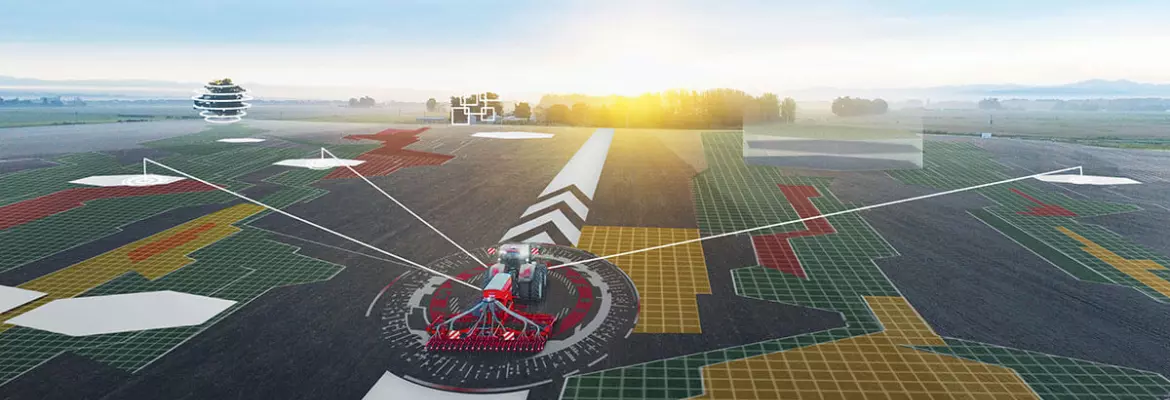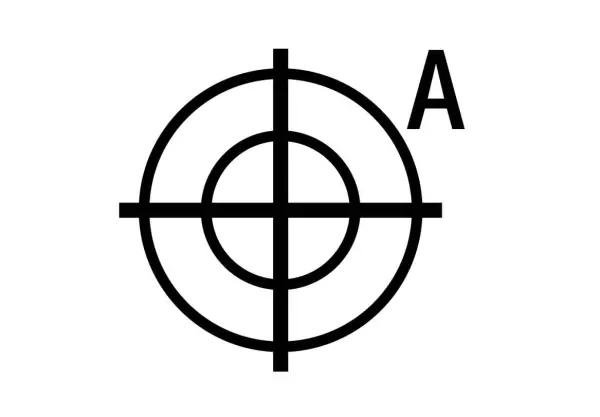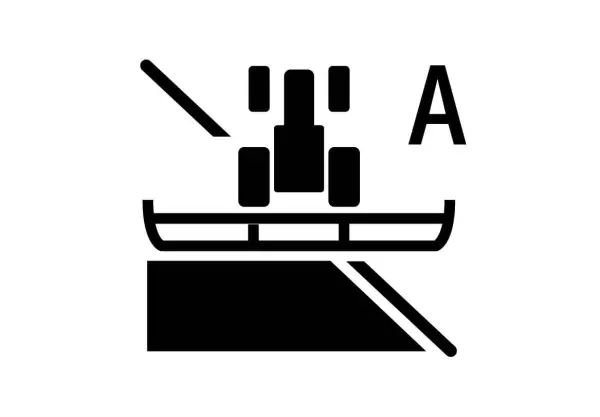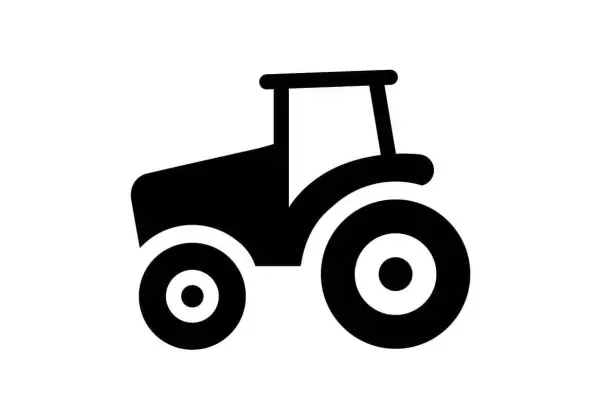
connect to plant sensor

Agriculture 4.0, Smart farming, connected farming, and intelligent agriculture are all potential synonyms for the term "precision agriculture". There are many definitions, especially if it is considered within both the plant and animal sectors. But two fundamental principles are prominent: the use of data and its application to improve economic, agronomic, environmental and societal efficiency.
In 2019, the International Society of Precision Agriculture (ISPA) brought together a think tank of 45 scientists to propose a universal definition of precision agriculture:
“Precision Agriculture is a management strategy that gathers, processes and analyzes temporal, spatial and individual plant and animal data and combines it with other information to support management decisions according to estimated variability for improved resource use efficiency, productivity, quality, profitability and sustainability of agricultural production.”
The importance of data and data applications is paramount in this definition. The goal is to increase efficiency in different areas, in terms of quantity and quality.
The ISPA provides a summary definition:
"Precision Agriculture is a management strategy that takes account of temporal and spatial variability to improve sustainability of agricultural production."
It is worth noting that the association provides translations for fifteen different languages on their website. The French translation was made possible thanks to Bruno Tisseyre and Dr. Nicolas Tremblay.
The aim of precision agriculture on the field is:
The most commonly used materials are connected tractors, guidance consoles, and onboard terminals, especially ISOBUS, GNSS, connected weather stations, sensors, connected agricultural machines, intelligent autonomous equipment (farm robots), etc. Drone and satellite images (remote sensing) complete the toolset. However, farmer experience is crucial, as despite all the decision-assistance tools giving advice on managing crops at different stages of growth, the final decision and responsibility, remains with the farmer.
In the livestock sector, precision agriculture helps farmers adapt animal-feed management, detect infectious or metabolic disorders, and monitor reproductive developments. Milking and feeding robots are becoming more common on farms. They contribute to higher productivity, and above all, help farmers experience their work and organisation differently, by limiting difficult working conditions.

connect to plant sensor

dose modulation

section control

Tractor Electronic Control Unit
Precision Agriculture is also a pillar in documenting and recording jobs, for economic management and, most importantly, traceability. Crop origins, production methods, carbon footprint, product and input quantities and volumes, etc. are all factors that can influence farmers' choices and decisions.
Precision agriculture started at the end of the 20th century when farmers began to use management and accounting software. Soon after, in 1990, the use of GPS (Global Positioning System), particularly in the United States, developed the concept and took it into the fields. Application rate modulation appeared. It optimised machine trajectories for seeding, fertilisation, and crop protection. It led to fuel and input savings while increasing yield potential. Nowadays, many different sensors, probes, guidance systems, decision-support tools, automated systems, and other connected objects are used on farms. Artificial intelligence is even making its mark on different precision farming systems.
Sources:
https://www.ispag.org/about/definition
https://hal.science/hal-00461080/document
